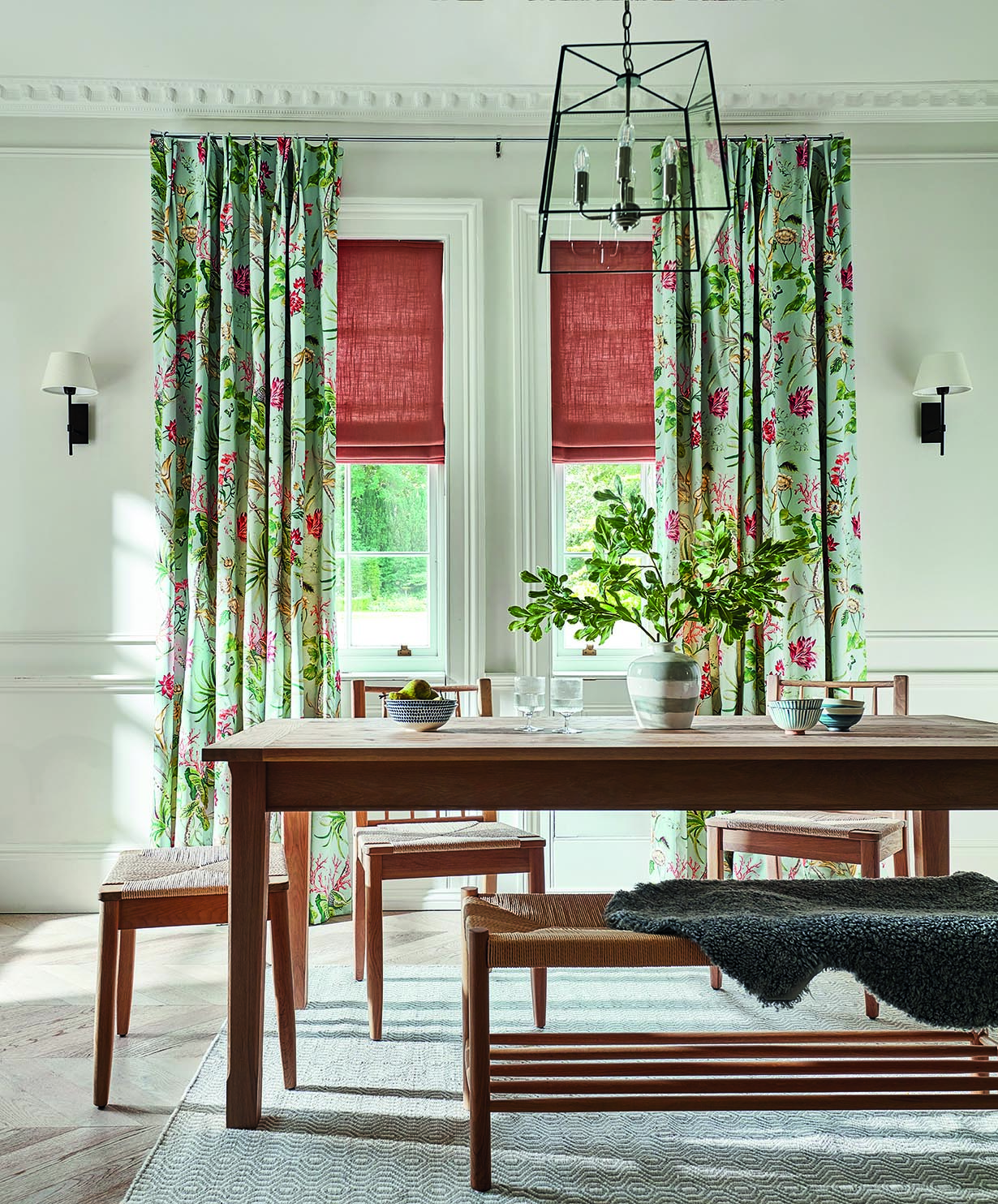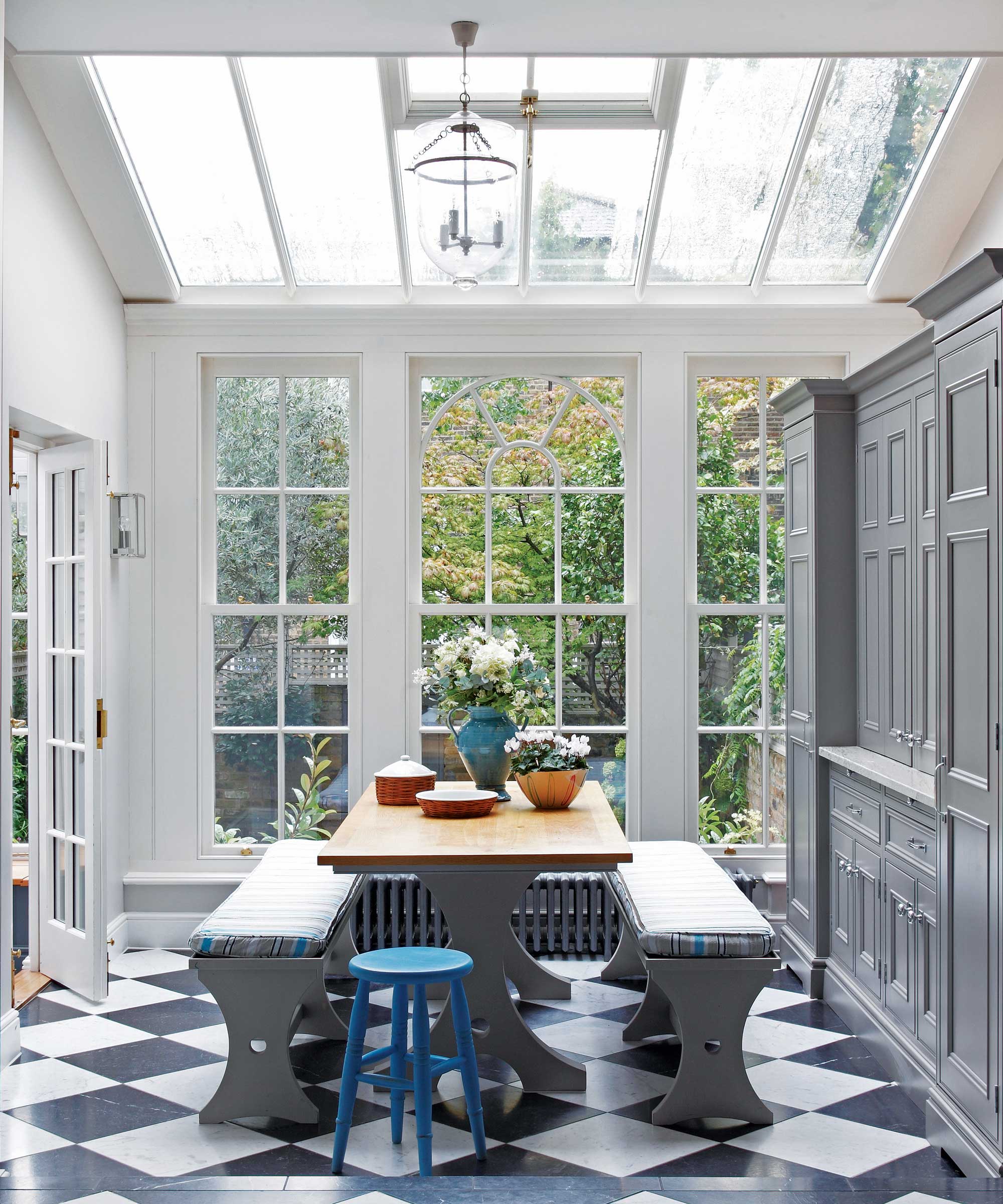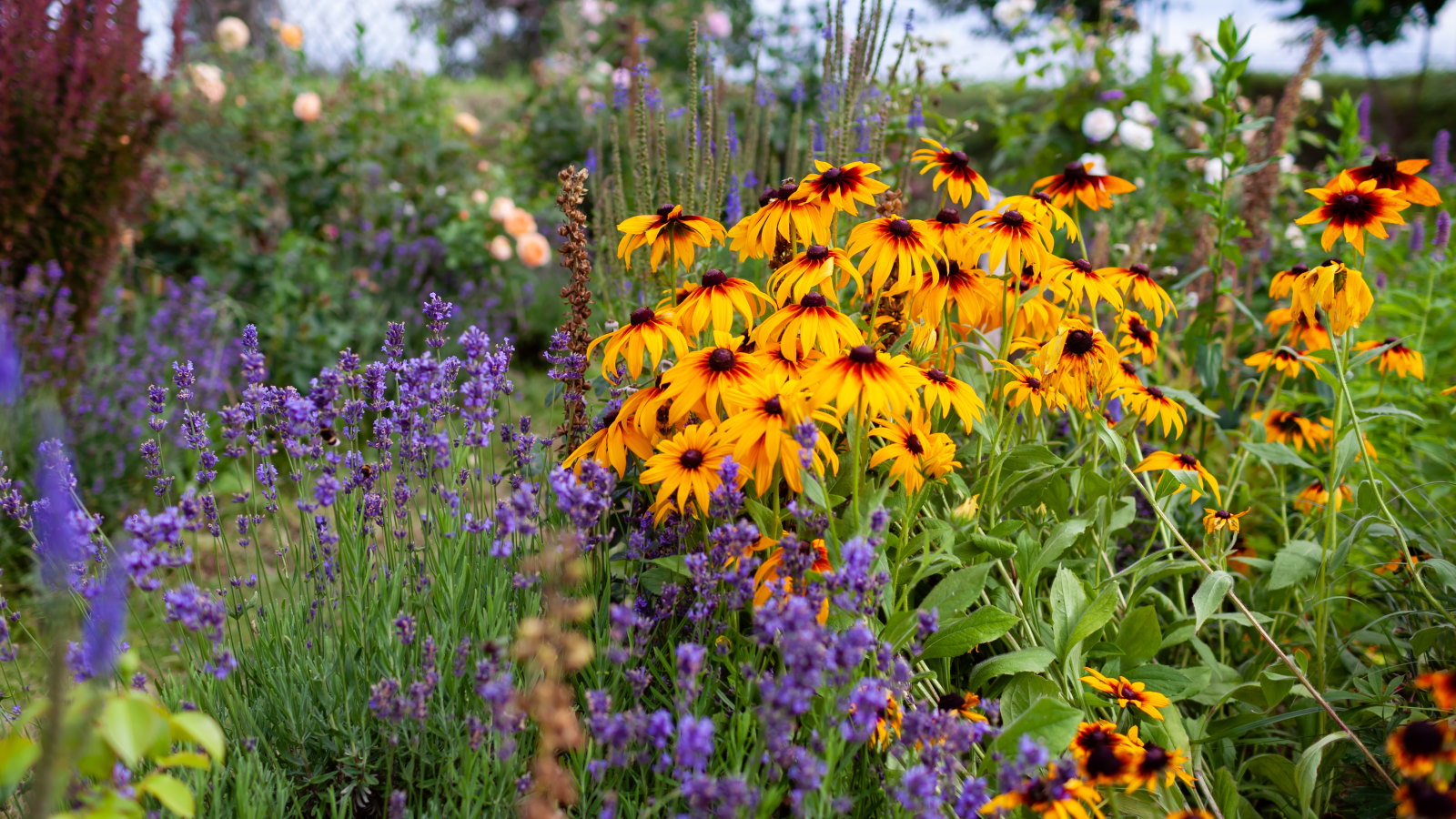How to weatherproof your windows – expert ways to stop drafts
Keep the elements out and bills down by ensuring windows are weatherproof. Here’s how


Knowing how to weatherproof your windows is essential whatever the climate where you live. Air leaks increase heating and cooling costs, and they compromise the quality of indoor air. And the drafts and cold spots they cause make rooms uncomfortable.
Windows that are weatherproof mean you can cut energy bills by dealing with uncontrolled ventilation. But effective draft-proofing tips will also keep bugs, dust, and moisture out of interiors to ensure they’re more hygienic and healthy spaces.
Here, we’ve put together expert recommendations on weatherproofing windows to help keep rooms at the right temperature year-round and reduce what you pay to do so at the same time.
Easy ways to weatherproof windows
Weatherproofing windows is part of winterizing a house, but it’s not just necessary for those who live in colder climates. Reducing air leakage should be an aim for every home and ventilation should be always be well controlled. Among the eco home improvements you can make, weatherproofing windows is an easy win, and this is how to do it.
Before you start, it’s important to identify the problems. ‘Open and close your windows, feeling for drafts,’ explains Alex Motronchik, founder of Best Exteriors. ‘Check the seals around the frame, sash, and meeting rails. Look for cracks, warping, or gaps around the hardware. Once you diagnose the weaknesses, you can target them with the right tactics.’

Use weatherstripping
When gaps are identified, weatherstripping can seal them. ‘In addition to helping keep cold air out in the winter and hot air out in the summer, this treatment has the added benefit of reducing noise coming into your home,’ explains Craig Ricks Jr, president of Acadian Windows.
Bear in mind that there are different types of weatherstripping. ‘Self-adhesive foam comes in various thicknesses for gap sizes,’ explains Alex Motronchik. ‘Apply it to the meeting rails, sashes, and frame to create a snug seal. Choose durable, UV-resistant materials for longevity.’
Consider, alternatively, V-strip weatherstripping. Shaped as the name indicates, it can seal larger gaps.
Weatherstripping is easy to use. ‘You simply clean the area, cut it to the size you need, remove the backing, and press it down,’ says Craig Ricks Jr.
Caulk may be necessary instead or as well, and is typically used for gaps around window frames rather than for moving parts of the window. ‘It is an effective way to prevent air leaks and water infiltration,’ says Shlomo Cherniak, owner of Cherniak Handyman Services. ‘Use a caulk gun to apply a bead of caulk along the gaps, ensuring a continuous and even seal. Smooth the caulk with a caulk smoothing tool or your finger for a neat finish. Choose a caulk that is suitable for your window material and the specific weather conditions in your area.’

Add window film
As a temporary solution for the winter months, opt for a window insulation kit that uses film – it’s designed for DIY application.
‘The film is applied to the window frame using the tape, creating an additional layer of insulation,’ says Shlomo Cherniak. ‘The film is then heated with a hair dryer to shrink and create a tight seal. This method is cost-effective and relatively easy to install.’
Insulating window film is also a possibility. ‘This transparent film stays on year-round, reflecting heat back into your home in winter and blocking it out in summer,’ advises Alex Motronchik. ‘It’s a great investment for energy efficiency, but professional installation is recommended.’

Focus on window dressings
Window treatments can also play their part in weatherproofing windows. ‘The best-insulated window shades are cellular shades,’ says Julia Dorn, executive director – new product development at Graber. They have a unique honeycomb shape that traps air and helps keep your home comfortable and protected from the outside temperatures.’
Solar shades are another option. ‘With their modern aesthetic, solar shades offer a certain cool factor,’ says Julia. ‘They also are a great insulated window shade, as they manage heat, daylight, and glare for optimal indoor comfort. This is due to their unique technology that blocks the sun’s rays while allowing homeowners to view outdoors.’
And drapes can help, too. ‘You could consider thermal-insulated curtains, which hold in the air close to your windows, rather than letting it out,’ says Craig Ricks Jr. ‘Another option is to use heavier drapes to keep cold air out.’
‘You can combine blinds with curtains or drapes to maximize the effectiveness of these window treatments,’ he adds.
Consider storm windows
If windows need to be protected against wind and snow, then it is worth considering installing storm windows. ‘They can add a protective barrier to your windows, so they won’t get damaged as easily during inclement weather,’ says Mallory Micetich, a home expert at Angi.
‘Storm windows can also reduce drafts and air leakage by 10 percent, which can lead to lower energy bills.’
FAQs
Does plastic over windows reduce condensation?
Using a kit to apply plastic over windows can reduce condensation. This will lower humidity in interiors and contribute to preventing the growth of mold on windows. The film can also cut drafts and keep spaces warmer and bills lower. Window film creates an airspace, explains Jeff Jensen, architectural and builder representative with Renaissance Windows & Doors. ‘This is done with double-sided tape and window film available at hardware stores. It’s not exactly pretty, but it’s effective, and it’s DIY friendly.'
If you have single-pane windows, rather than weatherproofing, you might want to consider switching to double-pane designs. ‘Compared to single-pane windows, double-pane windows are more durable and efficient, meaning they will hold up better when it comes to extreme weather and temperatures,’ says Mallory Micetich, home expert at Angi. ‘On average, it costs $900 to install one double-pane window.’
Sign up to the Homes & Gardens newsletter
Design expertise in your inbox – from inspiring decorating ideas and beautiful celebrity homes to practical gardening advice and shopping round-ups.

Sarah is a freelance journalist and editor. Previously executive editor of Ideal Home, she’s specialized in interiors, property and gardens for over 20 years, and covers interior design, house design, gardens, and cleaning and organizing a home for Homes & Gardens. She’s written for websites, including Houzz, Channel 4’s flagship website, 4Homes, and Future’s T3; national newspapers, including The Guardian; and magazines including Future’s Country Homes & Interiors, Homebuilding & Renovating, Period Living, and Style at Home, as well as House Beautiful, Good Homes, Grand Designs, Homes & Antiques, LandLove and The English Home among others. It’s no big surprise that she likes to put what she writes about into practice, and is a serial house renovator.
-
 Designers say these are the 10 kitchen cabinet details to know about if you want to elevate your space
Designers say these are the 10 kitchen cabinet details to know about if you want to elevate your spaceIt's all in the details – the designer touches that make all the difference to your kitchen cabinets
By Karen Darlow Published
-
 Garden experts warn against overcrowding flower beds – why this on-trend look is the worst thing you can do
Garden experts warn against overcrowding flower beds – why this on-trend look is the worst thing you can doIt's tempting to create an abundant, overflowing garden bed, but it can limit your plants in more ways than one
By Tenielle Jordison Published